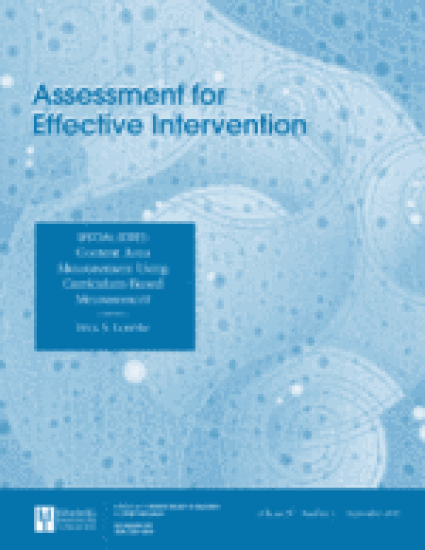
The use of Curriculum-Based Measures is rapidly expanding to the middle school level, where maze passages are frequently used to monitor progress in reading. At secondary grade levels, the focus of reading is on reading to learn, especially in the content areas. Therefore, we were interested in developing maze passages based on grade-level science texts to determine whether maze passages constructed from expository texts would have sufficient reliability and validity to serve as reading and science benchmarking tools. Participants included 367 seventh-grade students from three states. Students completed eight maze passages over three testing periods, a reading measure at two testing periods, and 182 students completed a science state assessment. Alternate form reliability of the science maze passages ranged from .56 to .80. Concurrent and predictive correlation coefficients with other measures ranged from .63 to .67. Implications for practice and research are discussed.
Available at: http://works.bepress.com/carrie_semmelroth/10/
